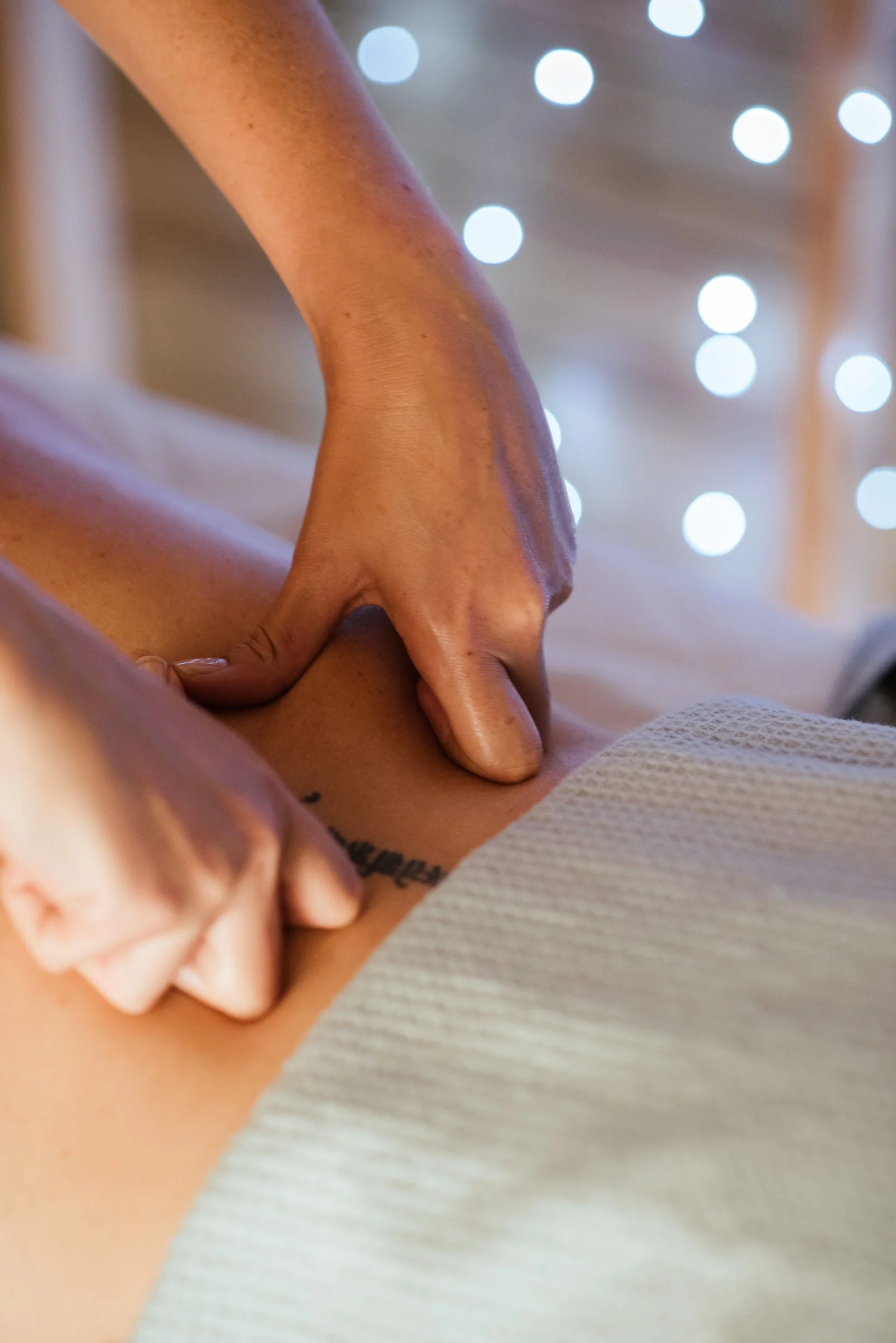After graduating high school or having acquired equivalent credentials, one must complete a therapeutic massage course to become a licensed and qualified massage therapist. After passing the program, a masseuse can apply for their license and, if they want to work alone, a business license.
Because massage therapy involves many techniques and styles, the learning curve for a massage therapist is never-ending. It is not easy to train to be a massage therapist. You will need to learn a variety of techniques and keep improving them.
Massages are similar to any other form of art. When done correctly, the movements and pressure are similar to painting brush strokes.
Not everyone wants to go into massage therapy as a profession. Instead, they want to learn some techniques to help them provide the best massage possible. There are many techniques that can be done at home for friends, family, or couples.
This article will tell you about the most effective and common techniques in massage therapy in auckland. You can use these techniques on your partner after a long day at work. These techniques can also be used to help you relax and rejuvenate after a stressful day at work.
Here are five of today’s most well-known massage therapy techniques:
1. KNEADING
Kneading is one of the easiest tasks for amateurs. You can use your thumbs or your hands to apply pressure on various parts of your body. This is a technique that reduces muscle spasms by pulling the muscle away from its bone. Petrisage is the technical name for kneading and is mostly used in textbooks about massage therapy.
Kneeling is one of the earliest techniques taught to students in massage therapy. It is also slightly more difficult than the other techniques. It is important to understand the pressure that is applied to the skin and muscles.
Asking the client what pressure they prefer is a great way to find out how to give a massage. You can adjust the pressure and speed based on how the client reacts to the massage.
As a masseuse, it is your responsibility to ensure that the client receiving the massage is comfortable and not in pain. You can start by applying light pressure at slower speeds and then move on to the next step, depending on what your client says.
2. EFFLEURAGE (LIGHT/DEEP STROKING)
Another popular method used in salons, parlors, and masseuse stations is this one. This involves applying very little pressure to the skin with your hands. This technique requires that the hands remain flat while they glide across the body. You can also use oils or creams to provide additional comfort.
To provide maximum comfort and relaxation, effleurage can be used at both the beginning and the end of a massage. This is done to prepare the muscles for more intense techniques and to increase blood circulation to different parts of the body.
This technique can be used in massage. Simply apply gentle, soothing strokes to the body while your hands are open. To gently massage the skin, you can use circular motions or increase the pressure if necessary.
The technique can be used to release tension and muscle knots from the body by applying slightly more pressure. This technique can be used in a variety of massages, such as Swedish massage.
3. RUBBING
The rubbing technique, as the name suggests, involves using your thumbs to move in a circular motion, applying pressure as needed. This technique is used to increase blood circulation and treat joint and muscle pain.
You are basically treating the skin by rubbing it with your thumbs. This is especially true for areas where the muscles or joints are stiff. To relieve stiffness or discomfort in deeper layers of the muscle tissues, you can use rubbing to apply more pressure.
As long as you have two thumbs, different movement patterns are possible within the rubbing technique. These movements are similar in many respects but may be considered a different technique depending upon how it is used by massage therapists around the world.
One example is rubbing, which can be called a sub-category in kneading or the deeper effleurage.
4. TAPOTEMENT / TAPPING
Because it improves blood circulation, tapping massage is commonly used in sports massages. The massage therapist taps various areas of the body using their hands, including the back, thighs, and buttocks.
The hands can be held in a cup so that the fingertips touch the skin, or the fingers can tap the skin when the hands are positioned side-by-side. You can adjust the tapping method depending on what is most comfortable for your client.
When tapping, it is important to use the tapping technique in a rhythmic and rapid manner. You can curve or straighten your hand depending on the client’s preference and the pressure you apply.
Sometimes, you might choose to focus on a specific area of the body that is painful or stiff. Combining tapping and a hacking motion in which you apply a greater amount of pressure to a smaller part of the body might be a good idea.
5. VIBRATION AND SHAKING
This technique can be compared to tapping in that it involves rhythm. You can either use your hands to move across large areas (like the back) or your fingers to cross the face. This will mimic vibrations going through the area.
The technique does not require a lot of pressure. It is designed to soothe the muscles and nerves. Many therapists recommend this technique to massage around scar tissue and over it.
The vibration technique is best for massaging people who are sensitive to higher pain intensities. It is not only comfortable for the client but also provides the nerve relief they need.
Massage therapists must ensure that the client is comfortable while receiving massage therapy. Communicating directly with clients is the best way to do this.

